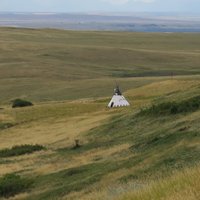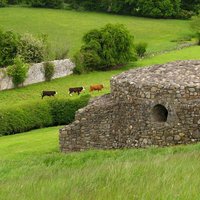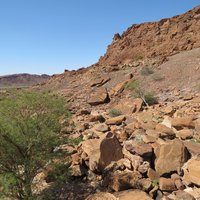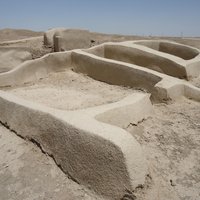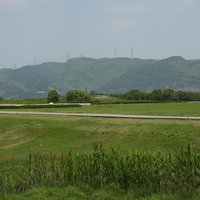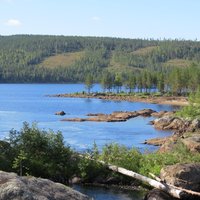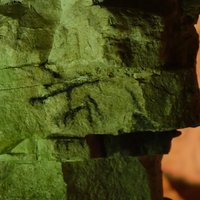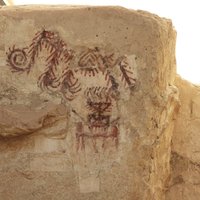Connected Sites
-
-
-
Oldest findings date from 5,850 BP
-
The settlement of Shahr-i Sokhta was founded c. 3200 BCE (AB ev)
-
dated 6 to 7 thousand years ago
-
The remains date from ca. 3300-3100 BCE
-
"The area ...was first occupied in the Palaeolithic period, towards the end of the last Ice Age, about 10,000 years BP. The settlers were nomadic hunter-gatherers, subsisting principally on wild reindeer.... remains of human settlement over wide areas of the site indicating a hunting and fishing culture from between 3500 and 2000 BC evolving around 2000 BC into use of trapping pit systems. Extensive reindeer domestication and nomadic life based on herding of tame reindeer did not develop until the17th and 18th Centuries" (IUCN) "This area has been occupied continuously by the Saami people since prehistoric times (having) .. arrived from the east 4000-5000 years ago ...(They) began hunting wild reindeer, like their predecessors, but slowly replaced them by domestlcated herds, wlth which they migrated during the year. They practised a form of transhumance, spending the summer in the mountains and the winters in the coniferous forests to the east. (ICOMOS) " Timeline based on arrival of Sami.
-
dating from the Neolithic to the Bronze Age (about 3900 to 1600 BCE)
-
Period VIA, Late Chalcolithic 5, 3400–3100 BCE: "The largest structure identified in the excavation of this Late Chalcolithic period is the so-called “public palace"" (AB ev)
-
The cities flourished between 4th and 2nd millennium BC (AB ev)

